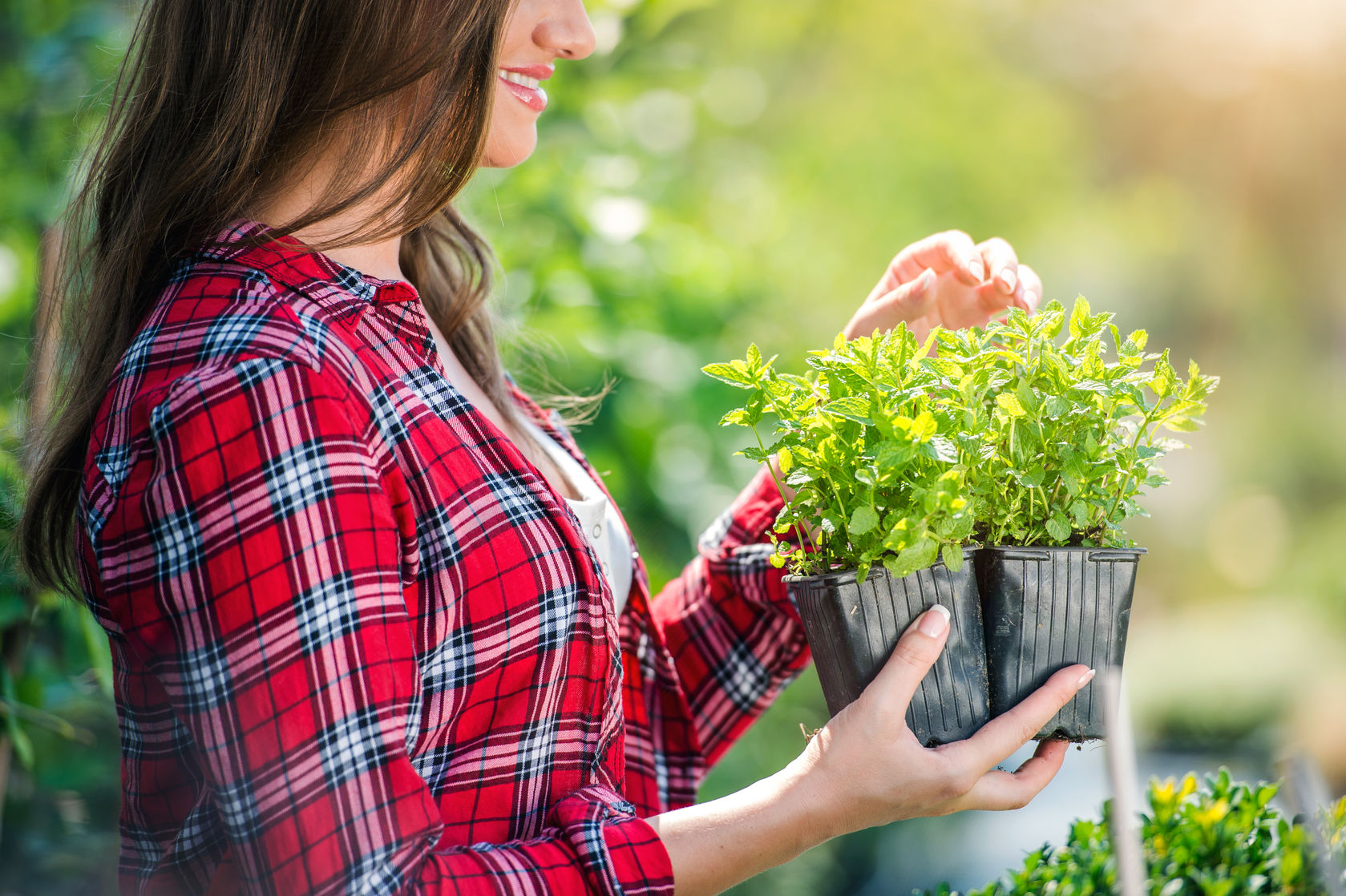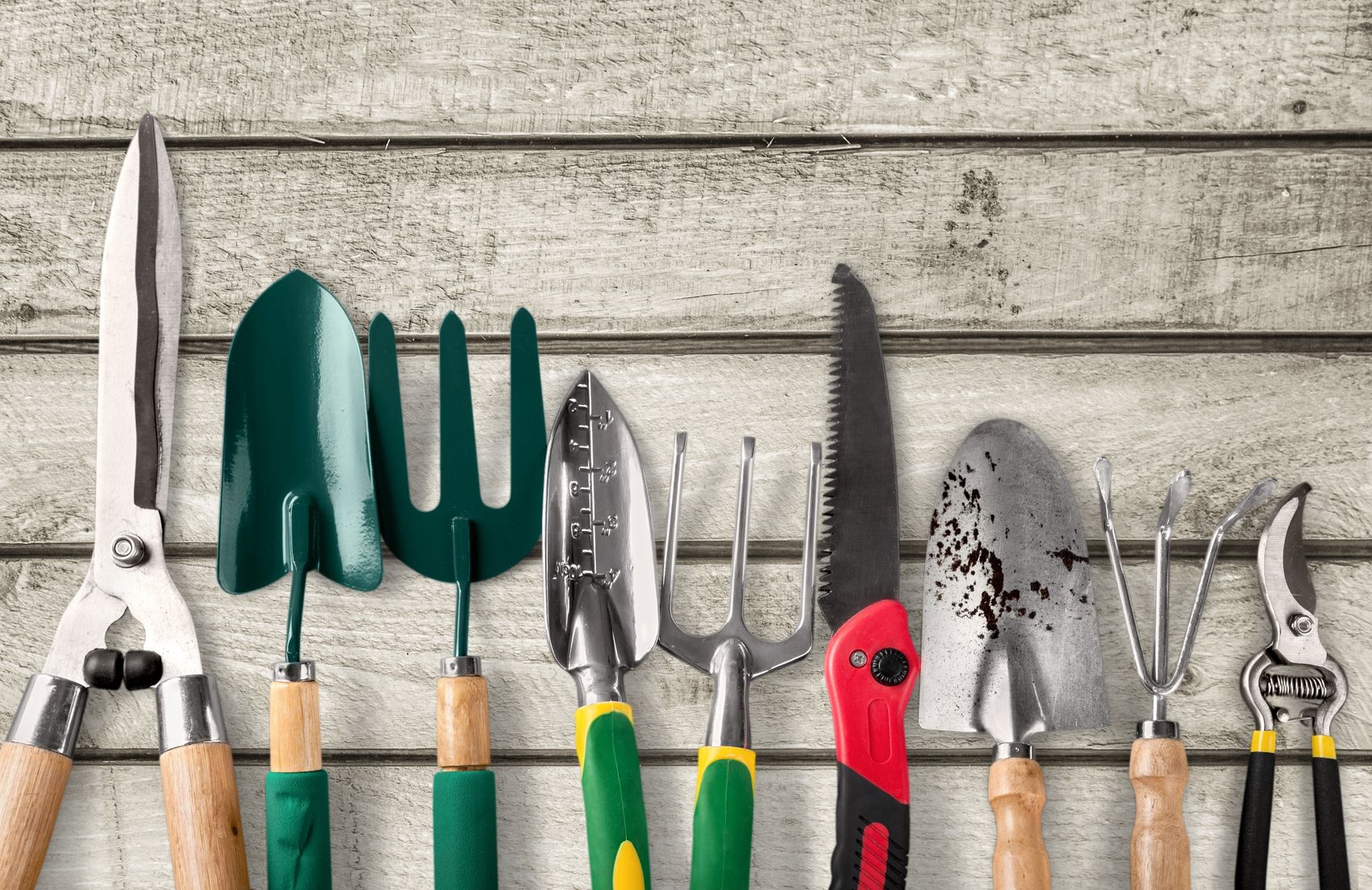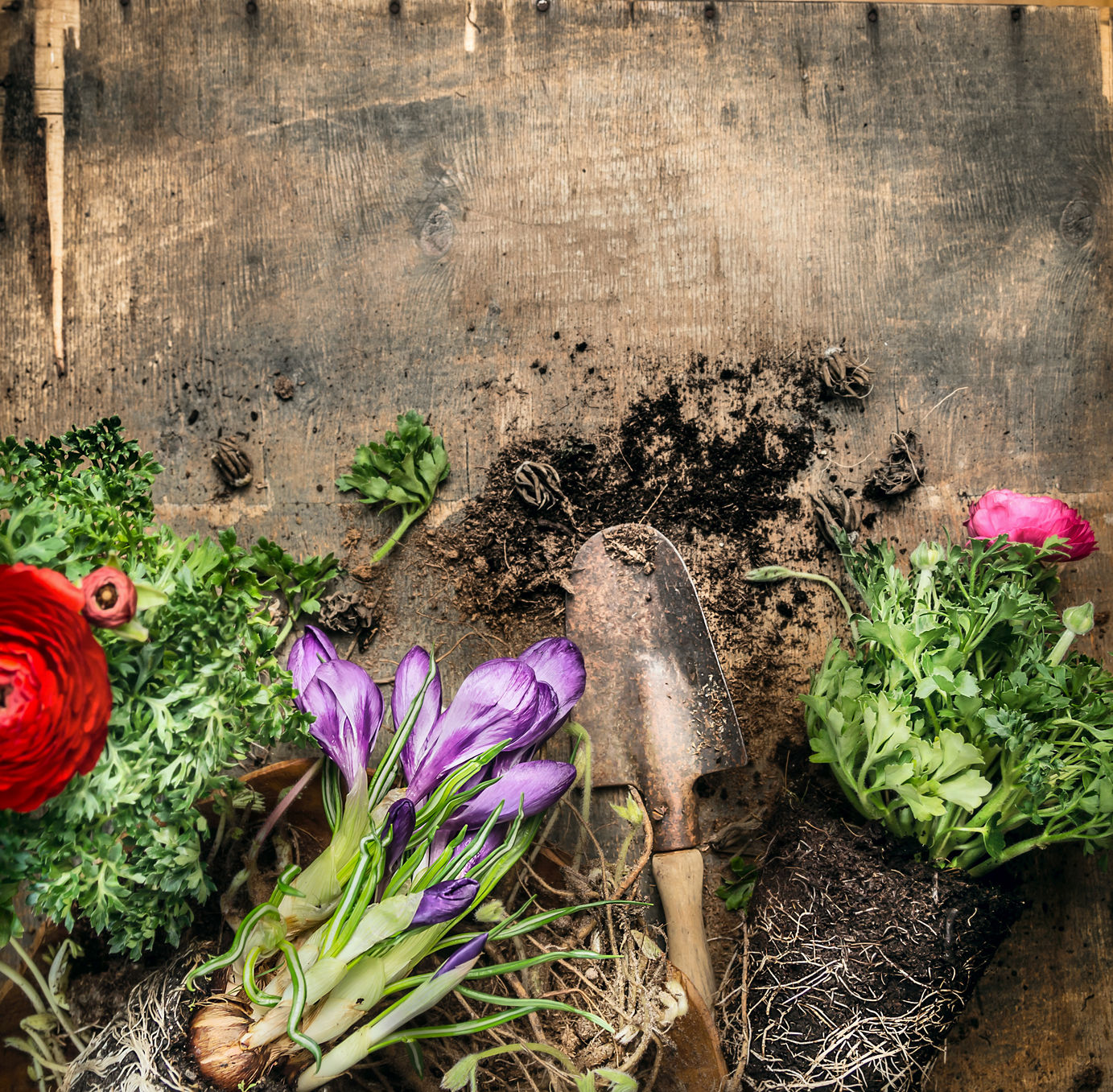
How to Garden: The Best Tips and Tools for Beginners
Starting and maintaining a thriving garden may seem intimidating to some, but it’s easy! If you sat out last season because you didn’t know what to do
or where to start, we’ve got you covered. Keep reading for beginner gardening tips and tools you won’t want to miss.
7 Garden Tips for Beginners
Are you ready to get dirty? Here are some tips from Real Simple and advice for those new to gardening.
- Know Your Region
Before you go out and buy a bunch of seeds and plants, it’s important to know that not everything will grow everywhere. “Take a look at the characteristics
of your garden area—from the climate to sun exposure,” says Brian Sullivan, Vice President for Gardens, Landscape and Outdoor Collections at
The New York Botanical Garden. “It’s the most important thing to start with because you’ll want to understand the limits
and the possibilities.”
- Test Your Soil
Before you begin planting, know your soiland test it. The results will tell you how acidic or alkaline it is, which affects how plants absorb nutrients. Different species thrive best in different
pH levels; this test will help you decide what to plant and how you should treat the soil. Why is the soil you use and its health so important?
The Natural Resources Conservation Service Soils defines soil health, or
soil quality, as, “The continued capacity of soil to function as a vital living ecosystem that sustains plants, animals, and humans. This definition speaks
to the importance of managing soils so they are sustainable for future generations. To do this, we need to remember soil contains living organisms; when
provided the necessities of life - food, shelter, and water - they perform functions required to produce food and fiber. Soil isn’t an inert growing medium,
but rather is teaming with billions of bacteria, fungi and other microbes that are the foundation of an elegant symbiotic ecosystem. Soil is an ecosystem
that can be managed to:
- Provide nutrients for plant growth
- Absorb and hold rainwater for use during dryer periods
- Filter and buffer potential pollutants from leaving our fields
- Serve as a firm foundation for agricultural activities
- Provide habitat for soil microbes to flourish and diversify to keep the ecosystem running smoothly”
How can gardeners determine soil health? Of the 17 or so elements thought to be essential for plant growth, nitrogen, phosphorus
and potassium are the most important. They are known as macronutrients, because plants take them from the soil in the largest amounts. Fertilizers that
contain all three of these nutrients are labeled “complete fertilizers,” but they are hardly complete in an absolute sense.
Calcium, magnesium and sulfur, known as secondary nutrients, are also important to many plants. Micronutrients include boron, copper, iron manganese and
zinc. Some plant micronutrients have specific functions, such as
cobalt, which isn’t used by most plants, but helps legumes fix nitrogen.
Another critical component of your soil is its acid-alkaline balance, or pH reading. All these essentials and the proper texture make for healthy soil.
Click here to learn about the soil we offer and how it can help
your garden thrive.
- Start with Easy-to-Grow Plants
“Growing vegetables is a fun introduction to gardening,” says Sullivan. They don’t take as long to mature, so if you make a mistake you won’t have wasted
months and months of your time. Sunflowers are also a good option, since they grow quickly and tall, or try easy-to-grow ferns; both of these can be grown
all across the United States. “Early success is inspiring,” he says. “It might make you want to move on to more complicated plants.”
- Create a Plan
Before you plant, research the plants you’re growing to know how big they will be. Create a spacing plan so you don’t overcrowd them and give each one
plenty of room.
Although many gardening novices think about how wide plants will grow, many forget about the height. However, this is important to consider, Sullivan says.
“Shorter and creeping ones should be planted toward the front and edges of the garden bed, with the taller plants in the back.”
- Keep a Journal
Try to visualize what you want your garden to look like! “A journal is really about the big picture, so jot down your dreams for the garden or inspiration,”
says Sullivan. “It’s a great way to keep track of garden activity. You can also use it to keep notes about the interesting plants you come across elsewhere,
so you can make a reminder to include them in your garden next year.”
- Water Carefully
“Give a consistent and ample amount of water,” says Sullivan. “‘Consistent’ means you’re doing it on a regular basis and ‘ample’ means enough, which varies
from plant to plant. Make sure the water penetrates the soil as opposed to just putting a little bit on the surface.”
Newer plants will need to be watered more frequently because their root systems aren’t completely developed. As for the best time of day, opt for early
morning before it gets too warm so the plant can really soak up the water. If you water in the evening, your plants might be more prone to fungus and
other diseases, and if you water at the height of sunlight, you risk the water evaporating too quickly, which is bad for both the plant and the environment
- Be Patient
“Gardening is a process,” says Sullivan. “It doesn’t just happen in one day—it takes time.” Sometimes impatience will cause you to overwater or fuss
too much with the plants in the hopes that they will grow faster. Monitor your garden regularly, but unless something looks wrong, let them be and trust
the growing process.

8 Garden Tools for Beginners
That you have a game plan to start gardening, it’s important to have everything you need ready to go. Here’s a list of tools Garden Design recommends you have handy before you start.
- Gloves
Don’t let all of the little thorns ruin gardening for you. Buy a durable pair that is not too big or bulky. To make sure they last, keep them out of the
sun and water, and away from insects while storing.
- Hand Trowel
Trowels are great for growing herbs, digging around garden corners and taking out weeds. If your budget will allow, use a hand trowel that was forged from
stainless steel - or at least a trowel with a stainless-steel head; this will ensure durability and longevity.
- Spade
Spades are short-handled square shovels that make it easy to dig holes for plants and move small mounds of dirt from one area to another. Grab a spade
with a strong steel head and a thick fiberglass handle. This is an investment piece, but buying a good spade will last you the rest of your gardening life!
- Rake
When leaves and debris fall, your sturdy inexpensive plastic rake is there to whisk them away; this is a classic tool. An essential piece indeed, you will
not be disappointed with the cleanliness of your garden.
- Hoe
The type of garden you have will dictate what kind of hoe is best for you. A veggie gardenmay require a sturdy, wide hoe. If you have perennials, a more delicate touch and a thinner
hoe may be required.
- Long Hose with Adjustable Nozzle and Rain Wand
Water is the foundation of your garden’s life. It is imperative that your hose can spray every area. The adjustable nozzle puts you in control of the water
pressure, and with the rain wand, fighting to wind a hose is a thing of the past.
- Loppers
If you have anything in your garden that needs to be “lopped,"
such as trees or shrubs, you will soon be in need of a strong pair of loppers. They are able to remove branches up to a two-inch diameter; this essential
tool should be in every shed.
- Wheelbarrow
If your backyard has too much soil, uses compost, or if you are installing a new garden by yourself, you are a prime candidate for a wheelbarrow. A two-handed
wheelbarrow may cost a little more, but it can help you move hundreds of pounds around; that’s some heaving lifting.

Getting Started
If you find you need a little extra help in the garden, we can help! SummerWinds Nursery offers Gardening Coaches who can come to your home, check out
your garden and help you with your needs. Click here to learn about our services and prices.
SummerWinds Nursery always love to hear about new gardening addicts or even those who are just dipping their toes in the water for the first time. Check
out our other blog posts for a variety of information on gardening and visit your local SummerWinds Nursery for products and gardening tips!
About SummerWinds Nursery: SummerWinds Garden Centers is a leading high-end retailer of garden and nursery products. Headquartered
in Boise, Idaho, SummerWinds operates retail nurseries in the greater Phoenix, Arizona area, and in Silicon Valley, California, making it one of the
largest independent retail nursery companies in the west. SummerWinds appeals to both the serious and casual gardeners, with a broad selection of premium
gardening products and a friendly and knowledgeable staff. www.summerwindsnursery.com
 Back to the Be Inspired Blog
Back to the Be Inspired Blog


